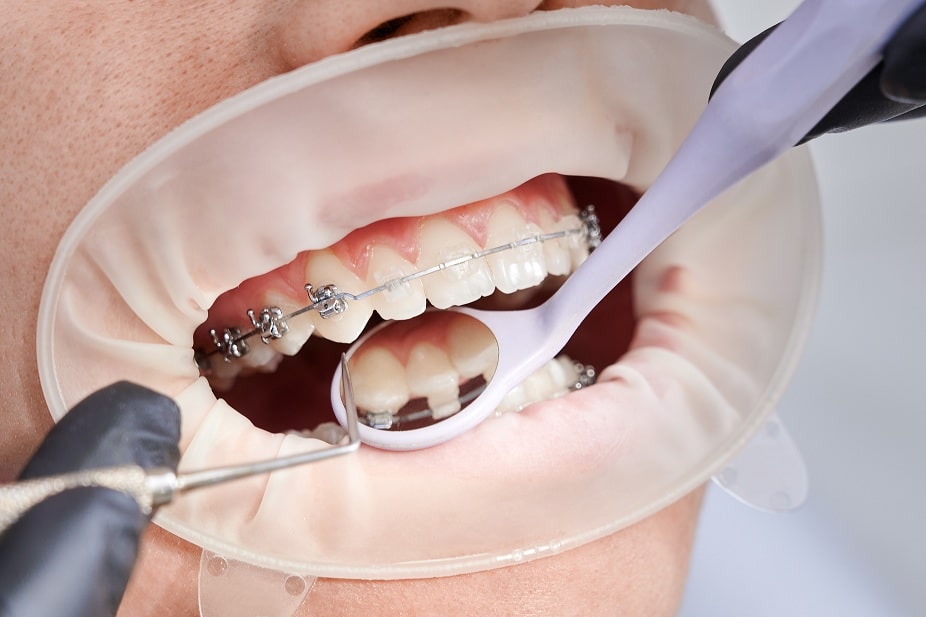Welcome to the world of orthodontics—where confident smiles are made every day! If you’re new to braces, aligners, or bite correction, this guide will walk you through everything you need to know, with a special focus on treatments right here in New York City.
Table of Contents
- 1 What Is Orthodontics?
- 2 Why Orthodontics Matters in NYC
- 3 Common Orthodontic Issues
- 4 Who Should Consider Treatment?
- 5 Types of Orthodontic Treatments
- 6 The Treatment Journey: What to Expect
- 7 How to Choose the Right Orthodontist
- 8 Maintaining Your New Smile
- 9 Frequently Asked Questions (FAQ)
- 10 Ready to Get Started?
What Is Orthodontics?
Orthodontics is the dental specialty dedicated to straightening teeth and aligning jaws. By gently moving teeth into their ideal position, orthodontics not only creates a beautiful smile but also improves chewing, speech, and long-term oral health.
Why Orthodontics Matters in NYC
- First Impressions Count
In a city that never sleeps—where job interviews, first dates, and meetings happen every day—a bright, even smile can boost your confidence and leave a lasting impression. - Access to Top Care
New York City boasts hundreds of orthodontic practices, from family-run clinics in Queens to luxury practices in Manhattan. You can find the latest technologies—like 3D digital scans and same-day braces—just a subway ride away. - Oral Health Benefits
Straight teeth are easier to keep clean. Properly aligned teeth help prevent tooth decay, gum disease, and excess wear over time.
Common Orthodontic Issues
- Crowded Teeth
Not enough space in your jaw causes teeth to overlap or twist. - Spacing & Gaps
Extra space between teeth can be cosmetic or cause food to get trapped. - Overbite & Underbite
- Overbite: Upper front teeth overlap the lower.
- Underbite: Lower teeth stick out past the upper.
- Crossbite
Some upper teeth bite inside the lower teeth, often causing wear or jaw pain. - Open Bite
Upper and lower front teeth don’t meet when you bite down, affecting speech or chewing.
Who Should Consider Treatment?
- Kids (Ages 7–12)
Early checkups (by age 7, per the American Association of Orthodontists) can spot jaw growth issues and guide permanent teeth into place. - Teens
Most braces wearers are teens, because the jaw is still flexible and treatment often finishes before graduation. - Adults
Nearly one in five orthodontic patients today is over age 21. Clear aligners and subtle braces make adult treatment more comfortable and discreet.
Types of Orthodontic Treatments
| Option | Pros | Cons |
|---|---|---|
| Traditional Braces | Very effective for complex cases; wide price range | Visible; food restrictions; longer chair times |
| Ceramic Braces | Less noticeable than metal; stain-resistant brackets available | Slightly higher cost; brackets may be larger |
| Self-Ligating Braces | Faster adjustments; fewer wire changes | Still visible; mid-to-high price |
| Lingual Braces | Completely hidden behind teeth | More expensive; longer adjustment period; speech changes |
| Clear Aligners | Removable; nearly invisible; easy oral hygiene | Must wear 20–22 hours/day; limited for severe cases |
The Treatment Journey: What to Expect
- Initial Consultation
- 30–60 minute visit
- Digital X-rays or 3D scan of your mouth
- Discussion of goals, timeframes (typically 12–24 months), and cost estimates
- Planning & Preparation
- Customized treatment plan and schedule
- For aligners: impressions or intraoral scans
- For braces: bonding of brackets to teeth
- Active Treatment
- Monthly or bi-monthly visits for adjustments or new aligner sets
- Average NYC cost range:
- Traditional braces: \$4,000–\$7,500
- Clear aligners: \$5,000–\$8,000
(Many offices offer payment plans from \$100–\$300/month.)
- Retention Phase
- Once braces come off or aligners finish, you’ll wear a retainer (fixed or removable) to keep teeth in place
- Retainers often worn full-time for 6 months, then nightly thereafter
How to Choose the Right Orthodontist
- Location & Hours
Easy subway or bus access—look for evening/weekend hours if you work late. - Credentials & Experience
Board-certified orthodontists have extra specialized training. - Technology & Comfort
Ask about digital scanners (no goopy impressions!), intraoral cameras, and anesthesia options. - Communication Style
Do they explain procedures and answer your questions clearly? - Payment Options
Insurance compatibility, HSA/FSA acceptance, and in-office financing can make treatment manageable.
Maintaining Your New Smile
- Oral Hygiene
Brushing and flossing around brackets or trays after every meal keeps your teeth healthy. - Diet Tips
Avoid sticky or hard foods (e.g., caramel, popcorn kernels) that can damage appliances. - Wear Your Retainer
Consistency is key—skipping retainer wear can cause teeth to shift back.
Frequently Asked Questions (FAQ)
Q: Does orthodontic treatment hurt?
A: Most patients feel mild pressure or soreness after adjustments, which lasts 1–3 days. Over-the-counter pain relief and soft foods help.
Q: Can I still play sports or musical instruments?
A: Yes—just wear a mouthguard for contact sports and give yourself a few days to adjust to braces when playing wind instruments.
Q: Will insurance cover my braces?
A: Many dental plans cover part of orthodontic care—typically 25–50%. Always check your policy’s lifetime maximum for braces.
Ready to Get Started?
Orthodontics in NYC offers cutting-edge care, flexible options, and experienced specialists ready to help you achieve your best smile. Whether you’re 8 or 80, there’s never been a better time to explore treatment. Book your consultation today, and take the first step toward a healthier, more confident you!

